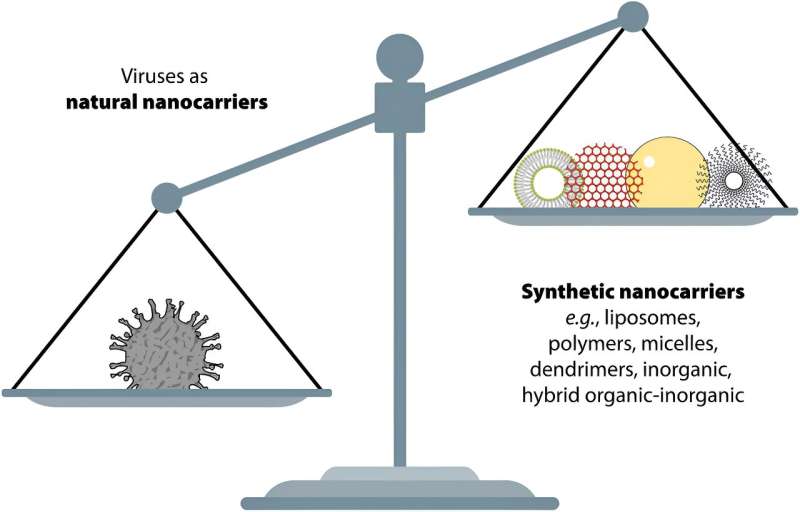This article has been reviewed according to Science X's editorial process and policies. Editors have highlighted the following attributes while ensuring the content's credibility:
fact-checked
peer-reviewed publication
proofread
Nanotechnology in the fight against viruses

Newly emerging and recurrent cases of viral infections constitute a significant problem and a huge challenge to public health. Most countries prevent or control acute viral infections through widespread vaccination and improved sanitation. As a result, measles, yellow fever, and rabies cases rarely occur in developed countries.
The 21st century health crisis caused by the coronavirus (SARS-CoV-2) pandemic was associated with the need to adapt to unprecedented conditions, uncertainty about the future, and enormous mental burden.
Every day, new symptoms and infections were reported. Most people infected with the SARS-CoV-2 had mild symptoms. Unfortunately, in the case of some patients, respiratory failure developed, leading to death. The efforts of researchers around the world were focused on designing new diagnostic methods and effective therapies using the potential of nanotechnology.
Prof. Joanna Goscianska from the Department of Chemical Technology, Faculty of Chemistry of Adam Mickiewicz University, Dr. Ralph Freund from the University of Augsburg, and Prof. Stefan Wuttke from BCMaterials Basque Center for Materials (Leioa) published a paper in Advanced Functional Materials in 2021 relating how nanotechnology can solve current problems related to the prevention, treatment, and diagnosis of viral infections.
Most attention is paid to the synthesis of new drugs and vaccines based on nanocarriers, with increased effectiveness and reduced side effects, the design of personal protective equipment (masks, gloves, medical clothing) and self-disinfecting surfaces, as well as strategies for the development of nanobiosensors enabling early detection of viral infection.
The results of research conducted on a laboratory scale are very promising. However, when thinking about the commercialization of medical products based on nanotechnology, one should consider how their cost can be reduced and how they can be made more reliable compared to existing solutions.
More information: Joanna Goscianska et al, Nanoscience versus Viruses: The SARS‐CoV‐2 Case, Advanced Functional Materials (2021). DOI: 10.1002/adfm.202107826
Journal information: Advanced Functional Materials
Provided by Adam Mickiewicz University





















